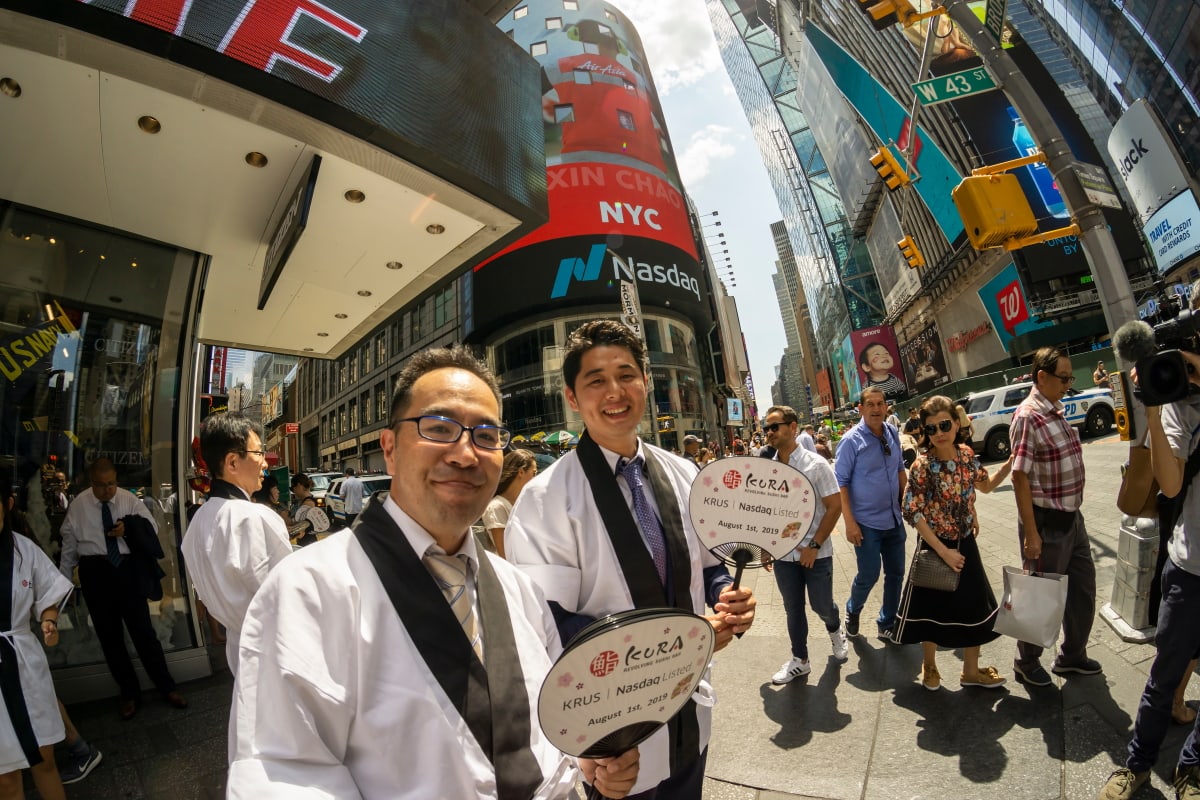Outside of Japan, across wider Asia, the number of Japanese restaurants has grown 30% in two years. The figures originate from a Japanese Ministry of Agriculture, Forestry and Fisheries survey reported by Nikkei Asian Review. It reveals the number of eateries serving Japanese favourites has grown from 118,000 in 2017, to 156,000 in 2019.
The growing popularity of Japanese restaurants has not just been seen in Asia. North American figures show a 20% increase and Latin America 30%. There is a substantial 40% increase in the Oceania region.
The Japanese government hopes the growing sector will lead to greater exports of farm and fishery products for the country.
But why are Japanese restaurants on the up?
The rise of Japanese restaurants across Asia is pinpointed to demand from Asia’s middle class. Estimates predict middle-class population expansion in the Asian-Pacific (APAC) region to exceed 500% between 2010 and 2030.
But Japanese cuisine is not just being eaten up in Asia. There is growth around the world. Indeed, its cultural heritage was recognised by being added to UNESCO’s Intangible Cultural Heritage list back in 2013. The UNESCO voting panel said it valued the spiritual tradition of respecting nature associated with “washoku.” Translating roughly as “food of Japan,” seasonality plays a very important role in washoku. It can include tender bamboo shoots in spring and skipjack tuna in summer when it has shed its winter fat. As well as staple grains like new-harvest rice “shin-mai,” in fall.
Businesses benefiting from the boom
Japanese owned sushi restaurant franchise Kura Sushi is already experiencing success in the US and Japan. In August 2019, Kura Sushi USA listed on Nasdaq and its shares have since risen over 60%. The parent company is listed on Tokyo Stock Exchange and there may be more IPOs to come.
In January, the restaurant shared its plan to open its first mainland China outlet in Shanghai. It has ten more restaurants planned in the country across 2020. Kura Sushi hopes to double its non-Japanese revenue to $2.7 billion by 2030 with its plans for 1.000 franchises globally.
Other Japanese chains like Ichiran, Tsurutontan, and Ippudo have seen success in the US. Ichiran introduced the “solo-dining experience,” to the US. An experience where diners can eat their perfectly designed ramen bowl, practically alone. Ichiran has 75 restaurants in the US and six across Hong Kong, Taiwan and the US. The company achieved revenue of $230 million in 2018. Sushi Sushi is the most popular Japanese chain in Australia, now with 130 locations.
Japanese restaurants can only increase in popularity and number around the globe. A survey of consumers across 24 global markets reported by Institute of Food Technologists (IFT) puts Japanese food as the third most favourite. Coming in after Italian food in first place and Chinese food second. Japan itself had the highest number of restaurant visits per capita in the world in 2019.










 Australia
Australia China
China India
India Indonesia
Indonesia Japan
Japan Malaysia
Malaysia Philippines
Philippines Singapore
Singapore South Korea
South Korea Taiwan
Taiwan Thailand
Thailand Vietnam
Vietnam
 Germany
Germany Hong Kong
Hong Kong USA
USA Switzerland
Switzerland Singapore
Singapore








